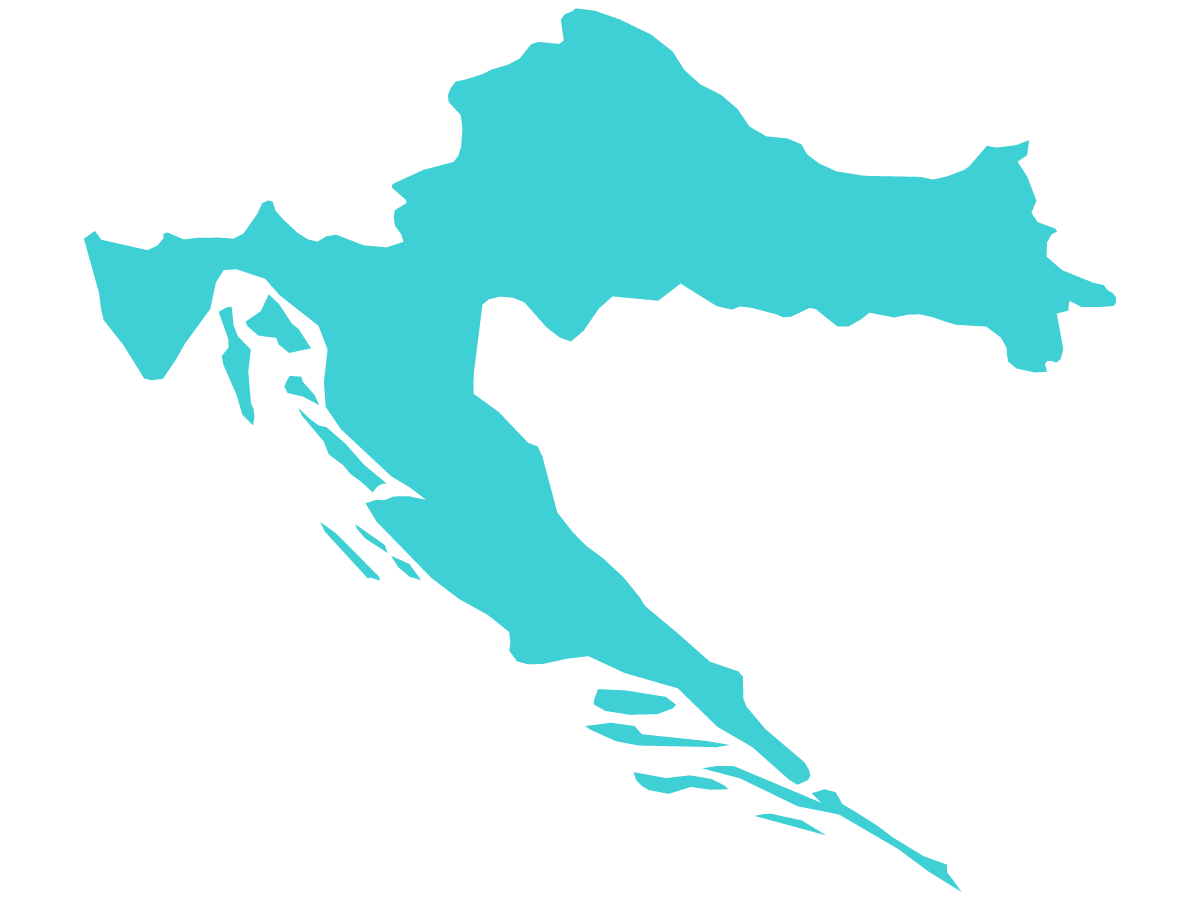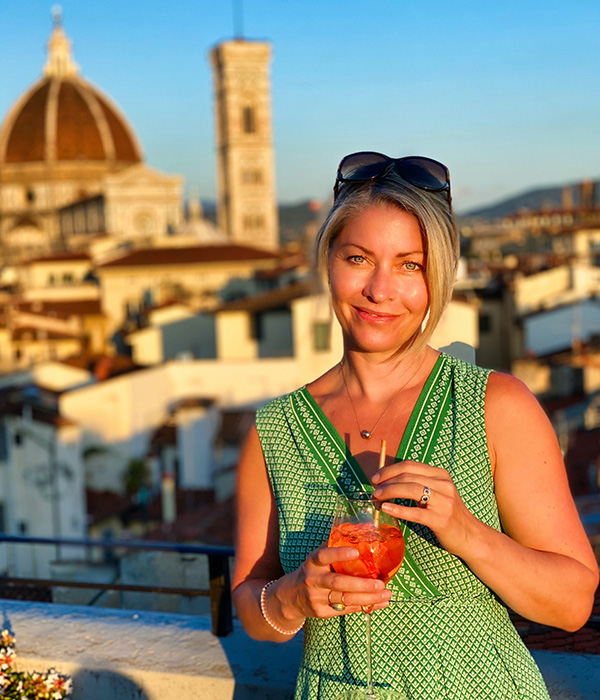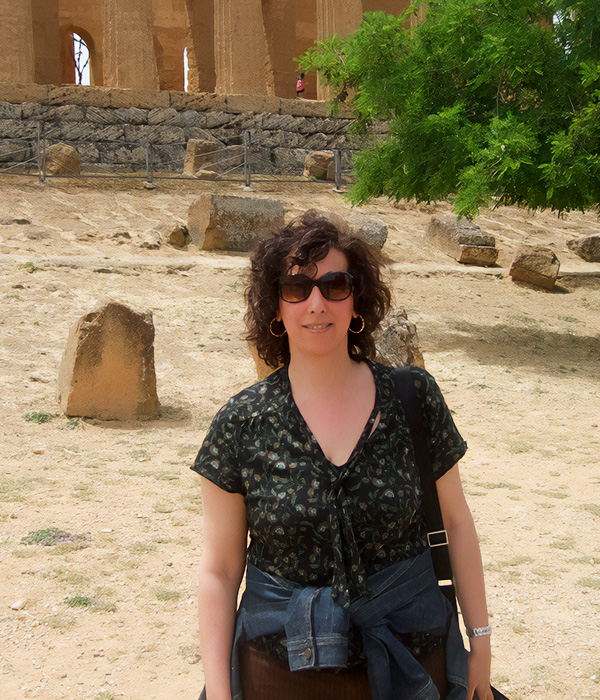Discover the taste of Croatia
An idyllic haven on the Adriatic Sea, Croatia is an evocative and enthralling country with diverse landscapes offering azure coastlines, unspoiled nature, charming medieval villages, and fascinating cities, complimented by an ancient heritage and delectable food and wine.
Explore Croatia by clicking on a region





Croatia at a glance
WHY GO
- Croatia is a small country (about the size of the state of West Virginia!) with a rich history, awe-inspiring beauty, fabulous culture and cuisine and a variety of natural and architectural wonders. It is both a central European and Mediterranean country with part of the country lying on the coast while the inland areas are in continental Europe, offering visitors the best of both worlds. Croatia has only recently become a popular tourist destination and thus provides a more inexpensive and authentic European holiday experience. It is the perfect destination for beach bums looking for a relaxing holiday on the coast, outdoor enthusiasts interested in hiking or biking in its national parks, sightseers and history buffs interested in exploring medieval quarters and Roman ruins, and wine and food connoisseurs looking to indulge in magnificent wine and the freshest seafood.
- Croatia’s largest 3 cities have a lot to offer and are each worthy of exploration. The beautiful walled, seaside city of Dubrovnik, known as the Pearl of the Adriatic, features outstanding views of the Dalmatian coast and a picturesque historic Old Town. The city walls and forts of Dubrovnik became King’s Landing for the hit TV show ‘Game of Thrones’ – you can take a Game of Thrones tour while visiting Dubrovnik which will make the TV show come alive. Split is the heart and major city of the Dalmatian Coast. The main attraction in this bustling urban city is Diocletian’s Palace – a UNESCO World Heritage site and the world’s most atmospheric Roman Ruin, dating back more than 1,700 years. From the outside, it is an imposing walled fortress, but once inside the gates, you will find lots of restaurants, bars and shops amid its narrow winding streets. The capital city of Zagreb has a charm of its own, with its lovely medieval quarter, lively piazzas, stylish boutiques, elegant restaurants, wonderful museums and fabulous coffee culture. It is a coffee lovers heaven – make sure to stop at one of the many elegant cafes and linger over a cup of kava while you people watch in this beautiful city.
- Visitors of Croatia can explore its archipelago of over 1,100 islands (only 48 of which are permanently inhabited) by boat on the beautiful Adriatic sea. A highlight of any visit to Croatia is its gorgeous beaches and crystal clear water, the best of which are located in the Croatian region of Dalmatia. The country has transformed itself into Eastern Europe’s ‘Riviera’ – the miles of pristine beaches and dramatic cliffs of the Dalmatian coast will satisfy even the most discerning sun worshipper. The Dalmatian coast is a great alternative for those who have enjoyed Italy’s Amalfi Coast. While the beaches are picturesque, don’t expect white sandy beaches – like most other European beach destinations, Croatia is all about sublime pebbled beaches, lapped by crystal clear water. We suggest staying a couple of nights on an island such as Hvar or Korcula to truly enjoy the best island life that Croatia has to offer.
- Plitvice National Park, Croatia’s most popular national park, is a must-see destination for anyone interested in hiking or merely being one with nature. You’ll feel like you’ve entered a fairytale as you wander around its enchanting forest walkways. Plitvice is chock full of turquoise lakes, beautiful canyons and majestic waterfalls – you can easily spend a day losing yourself and getting back to nature.
- Croatian gastronomy has multiple personalities and varies based on the region and local ingredients. Because Croatian food has been influenced by the culinary traditions of other countries, it is hard to distinguish dishes that are purely Croatian. You will find more hearty, meat based dishes in central-European influenced Northern Croatian cuisine, whereas coastal areas have a more Mediterranean cuisine with a focus on seafood. Foodies should visit the Istria Peninsula where black truffles are harvested year round. Istrian prosciutto and olive oil are also considered some of the best in the world with its olive oil ranking second only to that produced in Tuscany, Italy. Wine aficionados and oyster enthusiasts should go to the Pelješac Peninsula for its fantastic wine and world famous oysters from Ston. Some typical Croatian food includes the dramatic crni rizot (black squid ink risotto), hearty peka (meat or seafood and vegetables baked under a bell-like lid), tasty hand-rolled fuzi (pasta), and the street food fritule (a fried sweet doughnut drizzled with powdered sugar or chocolate).
WHEN TO GO
- The warmest and also busiest period is July and August. Temperatures can reach 100 degrees these months though so it is not the best time to go for sightseeing.
- The best time to visit is May – early June or September – October when crowds have thinned out a bit and the prices aren’t so high, but the weather is warm. Especially in September and early October, when the sea is warm and nice to swim in.
- The climate may vary throughout Croatia depending on where you visit. The mountains and inland areas are cooler and less humid than the hinterlands and Mediterranean areas.
WHAT TO KNOW
- No visa needed
- Language: Croatian
- Currency: While Croatia is part of the EU, it uses the local currency of Kuna. Euros however may be accepted at some hotels and restaurants.
- The majority of Croats speak another language with English being the predominant second language, so you shouldn’t have an issue with communication in typical tourist areas.
- Best way to explore is with a private driver-guide or renting a car; trains do exist however they do not connect to the more popular tourist areas of the country. They drive on the right side of the road (same as US). We would recommend obtaining an international drivers license if renting a car.
- City centers are typically pedestrianized and car-free zones.
- Ferries are the best way to get around the islands and to/from the mainland.
- They have a relaxed pace of life and it is a very safe country.
- The majority of socializing happens over coffee.
- Croats typically dress modestly and are presentable.
- Many shops are closed on Sundays.
- It is one of the sunniest spots in Europe – visitors can expect an average of 12 hours of sunshine in May and June and 13 hours in July and August.
- There isn’t much of a haggling culture so most items for sale will have a fixed price.
- The country is family friendly but getting around the cobblestone streets of old towns can be difficult with strollers or those with mobility issues.




















